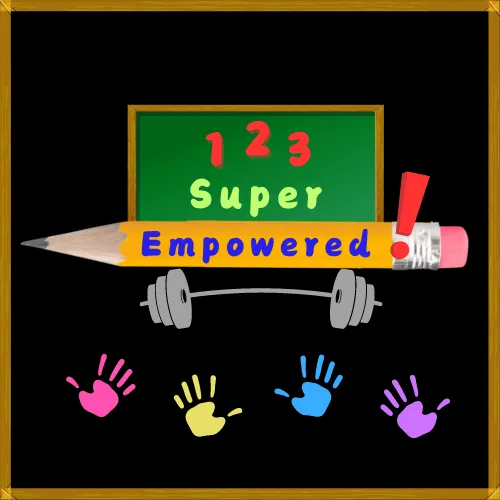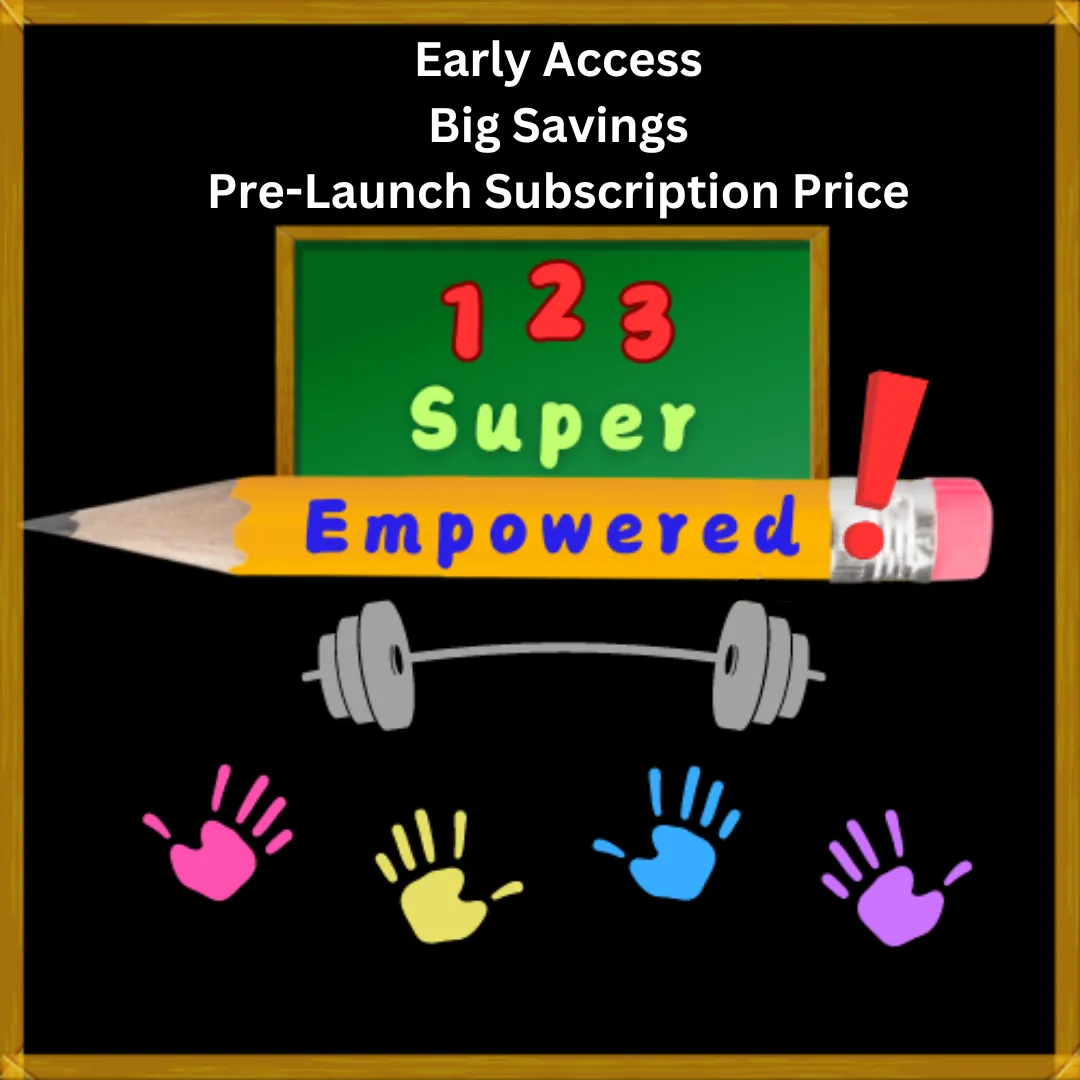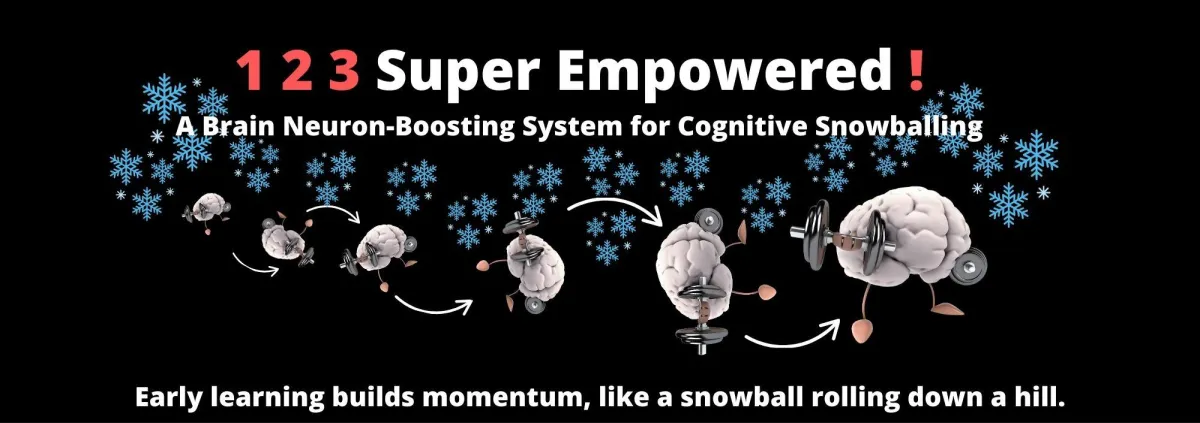Our Research!
Click the following links to learn the baby and childhood benchmarks in your area
Some of our Resources Include:
“Environmental Print and Its Relationship with Literacy Development" (2012)
by Gernsbacher, S. (Journal of Educational Psychology).
This study emphasized the importance of environmental print—such as labels, signs, and posters—in promoting early literacy. The research highlighted that young children begin to recognize and make sense of printed language in their environments long before they can read or write fluently. The study showed that exposure to environmental print supports vocabulary acquisition, letter recognition, and an understanding of print concepts.
"Language, Literacy, and Learning in the Classroom: The Role of Environment" (2015)
by O'Connor, K., & O'Neill, J. (Journal of Early Childhood Education)
This study drew on Vygotsky's sociocultural theory, arguing that children learn language through social interactions in meaningful contexts. Labeled environments, such as labeled classroom objects or word walls, offer opportunities for scaffolded learning, where children engage with peers and adults in a shared space to negotiate meaning and understanding.
"Environmental Cues and Cognitive Development in Preschool Children" (2019)
by Arnold, D. H., & Hicks, S. (Developmental Psychology)
This study found that environmental cues, including labels, help young children navigate their learning environment. Labeled objects, colors, and word walls support children in recognizing the function and organization of their space, which in turn promotes independence, problem-solving, and social interaction.
"Language Acquisition in Dual-Language Environments" (2021)
by Garcia, O., & Wei, L. (Bilingual Education Journal)
This study emphasized the importance of using labeled environments to support bilingual children in their language acquisition process. The research found that dual-language labels in classrooms promote vocabulary development and facilitate code-switching between languages, improving both language comprehension and production.
Key Research:
Implication:
Spanish-speaking children learning English can benefit from strong phonemic awareness in Spanish, which supports English reading development.
1. System-Wide Cross-Language Generalization
Combiths P, Escobedo A, Barlow JA, Pruitt-Lord S. Complexity and cross-linguistic transfer in intervention for Spanish-English bilingual children with speech sound disorder. J Monolingual Biling Speech. 2022;4(3):234-270. doi: 10.1558/jmbs.23445. Epub 2023 Feb 20. PMID: 37035425; PMCID: PMC10081515.
A pilot study with two bilingual children with phonological disorders focused on teaching Spanish consonant clusters. After a six-week intervention, both kids significantly improved not only in Spanish, but also in English phonological performance, demonstrating cross-language phonological transfer.
arxiv.org+15pubmed.ncbi.nlm.nih.gov+15pubs.asha.org+15.
2. Early Phonemic Awareness in Kindergarteners
Brice, R. G., & Brice, A. E. (2008). Investigation of Phonemic Awareness and Phonic Skills in Spanish-English Bilingual and English-Speaking Kindergarten Students. Communication Disorders Quarterly, 30(4), 208-225.
This study showed that compared monolingual and bilingual kindergarteners and found bilingual children showed specific differences in distinguishing voiced vs. voiceless contrasts, indicating early phonemic blending profiles differ by language background.
3. Preschool Emergent Literacy Interventions
Soto, X. T. (n.d.). Effects of a Spanish phonological awareness intervention on Latino preschoolers’ dual language emergent literacy skills. Digital Commons @ University of South Florida
This study showed that teaching phonological awareness and alphabet knowledge in Spanish preschoolers—with explicit English transfer instruction, yielded gains in both languages
journals.sagepub.com+15digitalcommons.usf.edu+15link.springer.com+15.
4. Early Intervention in English Language Learners
Gonzales, W., & Tejero Hughes, M. (2018). Libros en Mano: Phonological Awareness Intervention in Children’s Native Languages. Education Sciences, 8(4), 175.
An MDPI study (“Libros en Mano”) reported preschoolers who received Spanish-based PA intervention increased skills in both Spanish and English, especially syllable segmentation and letter-sound knowledge.
mdpi.com+2mdpi.com+2digitalcommons.usf.edu+2.
5. Typical Phonological Development Patterns
Montanari S, Mayr R, Subrahmanyam K. Bilingual Speech Sound Development During the Preschool Years: The Role of Language Proficiency and Cross-Linguistic Relatedness. J Speech Lang Hear Res. 2018 Oct 26;61(10):2467-2486. doi: 10.1044/2018_JSLHR-S-17-0393. PMID: 30458530; PMCID: PMC10568612.
A longitudinal study on Head Start bilingual preschoolers found that segmental accuracy improved over one year in both languages. Shared phonemes saw cross-lingual gains, while language-specific consonants did not, showing the importance of shared sound exposure.
6. Rhyme Awareness & Sound Segmentation
Park, D., Gunderson, E. A., Maloney, E. A., Tsukayama, E., Beilock, S. L., Duckworth, A. L., & Levine, S. C. (2023, July). Parental intrusive homework support and math achievement: Does the child’s mindset matter?Developmental psychology.
Raynolds, L. B., López-Velásquez, A., & Valentín, L. E. O. (2016a, September 30). Exploring English and Spanish rhyme awareness and beginning sound segmentation skills in prekindergarten Spanish-speaking English learners - reading and writing.
Soto, X. T. (n.d.). Effects of a Spanish phonological awareness intervention on Latino preschoolers’ dual language emergent literacy skills. Digital Commons @ University of South Florida.
With pre-K Spanish-speaking ELs demonstrated that explicit instruction in rhyme awareness and initial sound segmentation in both English and Spanish boosts phonological blending capacity in both languages.
arxiv.org+15link.springer.com+15sciencedirect.com+15.
7. Phonological Awareness, Working Memory, and Reading
Hanson, K. L. (n.d.-a). Literacy development in Spanish-English bilingual children: The role of Phonological Awareness and working memory. Purdue e-Pubs.
Park, D., Gunderson, E. A., Maloney, E. A., Tsukayama, E., Beilock, S. L., Duckworth, A. L., & Levine, S. C. (2023, July). Parental intrusive homework support and math achievement: Does the child’s mindset matter?
Raynolds, Laura & López-Velásquez, Angela & Valentín, Laura. (2017). Exploring English and Spanish rhyme awareness and beginning sound segmentation skills in prekindergarten Spanish-speaking English Learners. Reading and Writing. 30. 10.1007/s11145-016-9696-y.
Soto, X. T. (n.d.). Effects of a Spanish phonological awareness intervention on Latino preschoolers’ dual language emergent literacy skills. Digital Commons @ University of South Florida.
This dissertation (ages 6–7) found that phonological awareness in one language correlates with reading in the other. However, when controlling for working memory, the cross language effect moderates, highlighting memory as a key mediator in blending and transfer.
Beginning reading interventions for children and adolescents with intellectual disability.
Reichow B, Lemons CJ, Maggin DM, Hill DR.
Cochrane Database of Systematic Reviews 2019, Issue 12. Art. No.: CD011359. DOI: 10.1002/14651858.CD011359.pub2.
https://www.cochranelibrary.com/cdsr/doi/10.1002/14651858.CD011359.pub2/epdf/abstract
"The First Five Years"
First Things First
"Brain Development in Early Childhood"
Anisa Kelly, MD, Ann & Robert H Lurie Children's Hospital of Chicago
https://www.luriechildrens.org/en/blog/early-childhood-brain-development-and-health/
"Exploring infant signing to enhance responsive parenting: Findings from the INSIGHT study"
Ian M Paul, Emily E Hohman, Leann L Birchn, Amy Shelly, Claire D Vallotton, Jennifer S Savage
"The wonderful but weighty challenges of parenting a gifted child"
Victoria McDougald - Thomas Fordham Institute
https://fordhaminstitute.org/national/commentary/wonderful-weighty-challenges-parenting-gifted-child
"When do infants begin to follow a point?"
Bennett I Bertenthal, Ty W Boyer, Samuel Harding
"A Still Face Paradigm for Young Children: 2 1/2 Year-olds' Reactions to Maternal Unavailability During the Still-face"
Harvard Medical School, Children's Hospital, Boston, MA
https://www.youtube.com/watch?v=f1Jw0-LExyc
https://pmc.ncbi.nlm.nih.gov/articles/PMC3289403/
"Early Exposure BENEFITS OF EXPOSURE TO READING PRIOR TO KINDERGARTEN"
Amanda Sharp
https://www.nwmissouri.edu//library/researchpapers/2015/Sharp,%20Amanda.pdf?form=MG0AV3
"Learning to Read and Write: What Research Reveals"
National Association for the Education of Young Children
"Interventions for Young Readers: A Literature Review with Evidence-Based Strategies to Practice"
Kaylah Smith
https://files.eric.ed.gov/fulltext/EJ1329896.pdf?form=MG0AV3
"The Power of Early Literacy: Building Strong Foundations for Lifelong Learning"
Dr. Jan Hasbrouck
https://www.voyagersopris.com/vsl/blog/the-power-of-early-literacy?form=MG0AV3
"Reading with children starting in infancy gives lasting literacy boost"
American Academy of Pediatrics
https://www.sciencedaily.com/releases/2017/05/170504083146.htm?form=MG0AV3

Video and sound by: Roman Parsonese and Aaron Sokoloff
Website created by:


